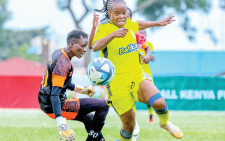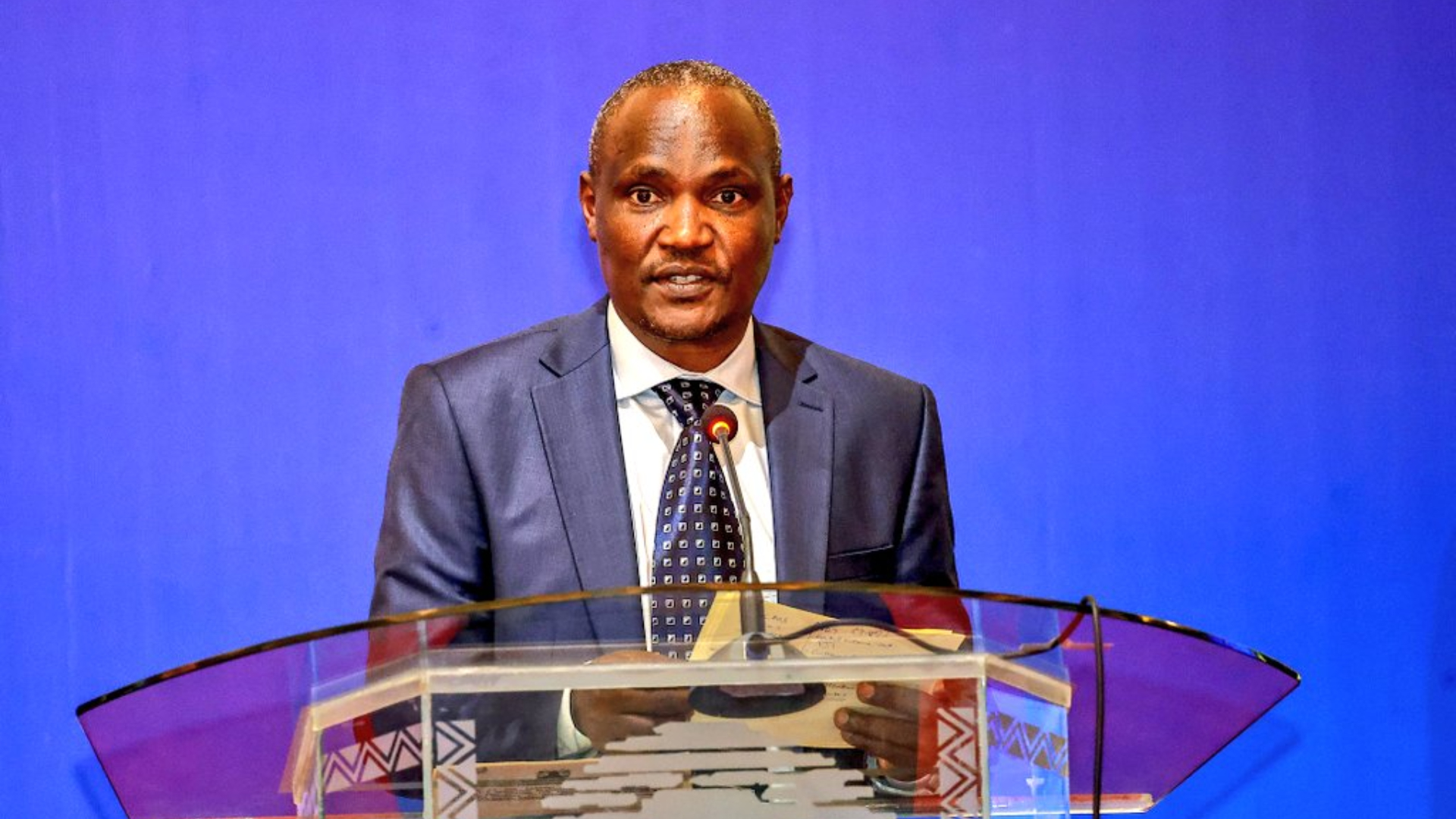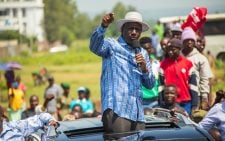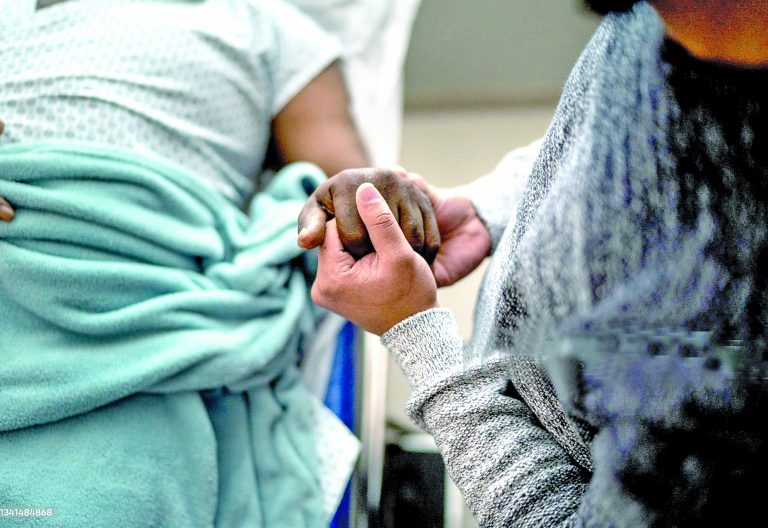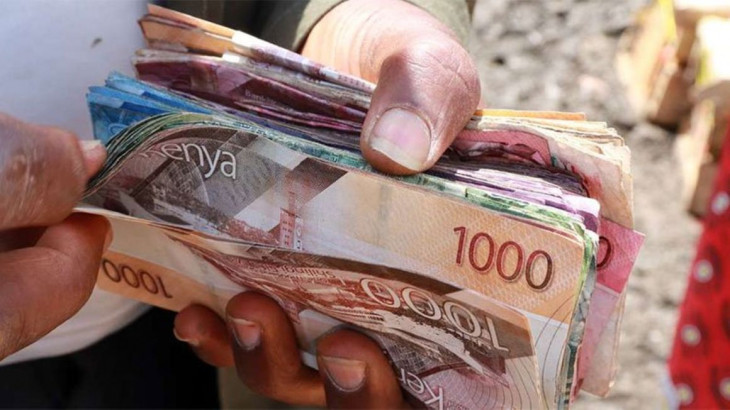I survived childhood cancer
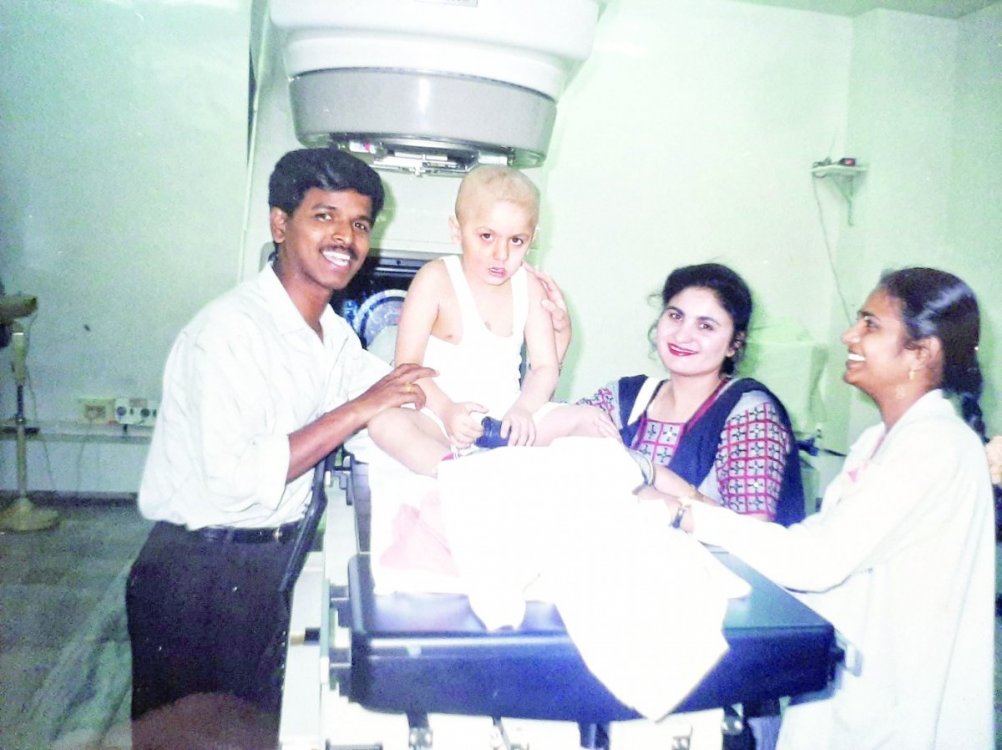
At the age of three, Pavanraj Singh Chana, a doctor and aspiring artist and writer, changed from an active, playful boy to a quiet, inactive, irritable one. He stopped feeding and developed a number of swellings on his right cheek and neck.
When his parents took him to the hospital, the results would always come out as an infectious sequela (a condition that results from a previous disease or injury), with antibiotics offered as the sole remedy.
“A small proportion of other doctors thought it is something more malevolent that needed further evaluation. My relentless parents refused to give up, and against all odds pushed on for extensive diagnostic work-up,” he narrates.
He was diagnosed with locally advanced Embryonal Rhabdomyosarcoma (ERMS), a soft tissue sarcoma that occured in the upper neck above the hyoid bone, known as parapharyngeal space, with imaging showing extension and significant bone destruction to the sinuses, orbit and eye area, and base of skull.
By definition, ERMS is a malignant soft tissue tumour formed from embryonic skeletal muscle tissue, which grows into skeletal muscles. The most common places it occurs includes the head and neck (usually near the eye, throat or in the sinuses), arms and legs, chest and belly and urinary and reproductive organs such as the prostate glands, bladder or the female reproductive organs.
There are two types of ERMS: the first one is embryonal, the most common kind, which is common in younger children. The second one is alveolar, which occurs in older children and teenagers.
Quest for treatment
“The embryonal kind grows and spreads faster in other parts of the body. Though it’s exact cause hasn’t been known yet, there are theories it might be caused through changes in genetic material in the cell’s DNA, which may cause the cells to turn to cancer,” explains Dr Chana.
Depending on the location and size of the tumour, there may be no symptoms until the tumour is very large and painful. For instance, a growth near the eye can result in ear pain, headache, sinus congestion, trouble with vision. When it occurs in the urinary or reproductive organs, it can cause bleeding, pain with bowel movements and when urinating or vomiting. Other symptoms include constant coughs, bone pain, weight loss and weakness.
Chana notes that at that time— 23 years ago— the management of childhood cancers or the field of paediatric oncology was not as well established as it is today and consequently, his parents took him for treatment abroad.
“We embarked for treatment in Great Britain, but there was no one who could treat the disease. In dismay, my parents decided to return to Kenya. Fortunately, on the way back, they met a family that had a similar experience and their child underwent treatment in India and did well. We took their advice and opted for the same treatment,” he continues.
Early diagnosis
There he underwent several surgeries, chemotherapies and radiotherapies until he finally got cured. Having gone through that pain in his childhood and having lost some of his close family members to cancer, Dr Chana was inspired to be a compassionate health provider. He now works with a non-profit organization called the International Cancer Institute that is involved in providing various programmes and services for cancer control and care.
According to World Health Organisation statistics, 400,000 children and adolescents under the age of 20 develop cancer globally every year. The most common ones are brain cancer, bone cancer, soft tissue sarcoma, eye cancer leukaemia, solid tumours such as Wilms tumour and neuroblastoma. In developed countries where comprehensive services are accessible, it is said 80 per cent of children with cancer are cured, but in the developing countries, less than 30 percent are cured.
“While most cancers in adults are related to lifestyle risk factors such as tobacco or alcohol use, poor diet, and sedentary lifestyle, the causes of most childhood cancers are unknown although many have genetic causes. Therefore, the critical point for childhood cancers is not prevention, but rather early detection, accurate diagnosis and timely referral for optimal care,” notes Prof Jessie Githanga, a haematologist at the University of Nairobi, Department of Human Pathology and an honorary Consultant at Kenyatta National Hospital.
Childhood cancers are quite different from adult ones except for the leukaemias. Children usually get acute leukaemias and rarely the chronic ones. Adults only get Burkitt lymphoma when they’re HIV positive. The majority of the remaining childhood cancers are not found in adults as they are mostly associated with errors in development of organs.
Dr Githanga says childhood cancer should be treated in centres that are able to provide comprehensive care, which includes diagnostic testing, imaging, chemotherapy, surgery and radiotherapy. Currently in the public sector, there are three comprehensive treatment centres: Kenyatta National Hospital, Moi Teaching and Referral Hospital and Kenyatta University Teaching, Referral and Research Hospital.
“Some county referral hospitals provide some paediatric oncology services and are able to give limited care. Diagnosis can be made at several county hospitals. Comprehensive care is also available in some private hospitals, but access is limited by cost which is often prohibitive,” she adds.
However, even with such improvements, there is still poor access to community and healthcare services.
“The tertiary treatment centres are mainly found in the urban areas, and quite often individuals from rural settings have a difficult time accessing the care. This, coupled with lack of awareness about cancer by parents or caregivers and healthcare providers leads to late diagnosis and extensive disease,” says Dr Githanga.
She adds that the three comprehensive treatment centres serve the whole country, which means they are overcrowded. There is also lack of personnel specialised in childhood cancer care, an important factor that limits treatment of children with cancer and the development of further treatment centres.
“Diagnostic testing, treatment and follow-up are very costly, often beyond the ordinary mwananchi’s reach. NHIF has played a major role in helping those enrolled in the scheme. However, it is not comprehensive and does not cover diagnostic testing, some treatment costs, or those for survivorship,” she continues.
Comprehensive policies, workable models for funding and treatment, more research on childhood cancer, and more collaborative initiatives between government, industry, and other funding partners is necessary.
Dr Chana observes that delayed diagnosis impedes access to care. Usually such delays are caused by resource constraints, lack of adequately disseminated trained healthcare specialists, false myths and misconceptions about the disease and cause relation and overindulgent in potentially harmful.
He adds that there is also a lack of registries and channels for follow-up and inadequacies of congruent guidelines adapted to local communities. Since it is generally not possible to prevent cancer in children, as there are no clear modifiable risk factors to advise and effective used screening tests unlike adult cancers, the most effective strategy to reduce the burden and improve outcomes is to focus on achieving prompt and accurate diagnoses, followed by providing effective, evidence-based therapy with tailored supportive care.
“A correct diagnosis is essential to prescribe targeted therapy for the type and extent of the disease. A stepwise approach to integrate elements of paediatric cancer management to primary health care access points and advanced aspects of higher-level facilities is usually proposed. Government and health policy makers need to widely invest and avail essential laboratory and imaging investigations, pathology services, ensure continuous availability of medications and upscale availability of specialised diagnostic and treatment services and reduce turn-around-times as much as possible for all of these,” says Dr Chana.
Radiotherapy and chemotherapy services should also be distributed to peripheral centres instead of focusing only cities and there should be extensive training of medical professionals as children with these conditions not only need those to help provide definitive therapies, but also supportive aid including attention to their continued physical and cognitive growth and nutritional status that requires a dedicated and diverse multi-disciplinary team.
“Promoting critical research for the disease and treatment (such as clinical trials) to have more effective and less toxic outcomes more suitable for maintaining a high quality of life for patients and survivors is vital,” he says.
Upscale resources
Much progress has been made with publication of various policies on cancer prevention and control and various guidelines for care in the last several years. However, gaps in policy implementation persist.
“There is inadequate financing for cancer services, limited research and data to support policy formulation, and the concentration of cancer services in urban areas. These gaps are even more pronounced when it comes to childhood cancer,” notes Dr Githanga.
Dr Fatmah Abdallah, a haematology, oncology and blood transfusion specialist, observes that the management of childhood cancer has improved tremendously because of availability of drugs used, and increase in number of health facilities and clinicians to treat them.
“It used to be only Kenyatta Hospital that could manage them, but now a few other facilities are able to do so. There is usually delay in referral of these children, so they end up coming quite late to these special facilities that can manage them,” she says.
She calls for advocacy and awareness creation to the public on childhood cancer so that people do not see it as witchcraft.
“Refresher in-service courses for healthcare workers in primary facilities to have a high index of suspicion and promptly refer these children to the nearest facilities and improvement in diagnostic facilities in sub-county and county hospitals are needed to change tides,” she says.
Dr Githanga recommends the development of workable models for funding and treatment of cancer through engagement of all stakeholders.
“There should be education of the public on childhood cancer through mobilisation of civil society, media, and educational institutions. There should also be continued efforts to improve the National Cancer Registry through supporting county initiatives. Last but not least, there should be further research on childhood cancer to inform policy makers,” she says in conclusion.


